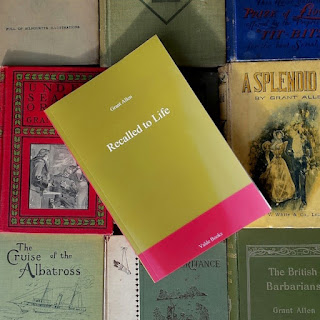Hickory House
Kenneth Orvis [pseud. Kenneth Lemieux]
Toronto: Harlequin, 1956
Bookie Alfredo Rossi can see the writing on the wall. The Feds are cracking down, and it's only a matter of time before they move in on him and sidekick Benny Kramer. Fortunately, Al has been good with his savings; he dresses like a million dollars, but is otherwise quite frugal. Al's also a guy who keeps an ear to the ground. He's heard rumblings about a corrupt mayor in some city on Lake Michigan. He's also heard that this same mayor, Carson Peters, keeps paperwork pertaining to his various illegalities in his office safe.
Al knows just the guy, a safecracker named Lou Kovaks, who can get him those papers. The poor sap was once a steady client – "Lou doesn't pick stretch runners as well as he does the locks on safes" – before he took one too many chances on the job. He's been serving time in the prison at Dannemora, but is just about to be sprung. Al is there when it happens: "'What's the matter, Al... afraid I'd be late for the first race?'"
Instead of the track, Al drives Lou to that city on Lake Michigan. Along the way, he fills the safecracker in on the job, complete with photograph:
Hickory House is a first novel. In his 1985 memoir, Over and Under the Table, author Kenneth Orvis tells us it was written over an intense seven-month period: "Total absorption in plotting writing, and editing erased every other want and need except eating, sleeping, bathing, and defacating [sic]." I found this surprising, not because Hickory House is a bad book (it's perfectly fine), but because it's so short and simple. There is no real depth to the characters: Benny is devoted, Peters is corrupt, his tramp of a daughter is a tramp, and Al really know how to dress. Everyone plays their part, and the plot unfolds pretty much as you might expect.
Seven months?
Who am I to say it wasn't worth it? Hickory House went in and out of print within a month, but Orvis maintains that it brought all sorts of attention:
So, yes, a worthwhile debut... for Orvis, if not the reader.
Shame that Harlequin forgot to put his name on the cover.
Al knows just the guy, a safecracker named Lou Kovaks, who can get him those papers. The poor sap was once a steady client – "Lou doesn't pick stretch runners as well as he does the locks on safes" – before he took one too many chances on the job. He's been serving time in the prison at Dannemora, but is just about to be sprung. Al is there when it happens: "'What's the matter, Al... afraid I'd be late for the first race?'"
Instead of the track, Al drives Lou to that city on Lake Michigan. Along the way, he fills the safecracker in on the job, complete with photograph:
"It's an old Continental," he stated soberly, "I've blown a dozen them in my time. A good jamb shot and the door pops open like a cuckoo clock when the hands point up."Piece of cake. After Lou is paid, he leaves town and the novel. Al sticks around and blackmails the mayor into allowing him to set up Hickory House, a swanky nightclub and illegal gambling den on the edge of town. All goes swimmingly until the joint attracts the attention of big-time mobster Budsey Everest.
Hickory House is a first novel. In his 1985 memoir, Over and Under the Table, author Kenneth Orvis tells us it was written over an intense seven-month period: "Total absorption in plotting writing, and editing erased every other want and need except eating, sleeping, bathing, and defacating [sic]." I found this surprising, not because Hickory House is a bad book (it's perfectly fine), but because it's so short and simple. There is no real depth to the characters: Benny is devoted, Peters is corrupt, his tramp of a daughter is a tramp, and Al really know how to dress. Everyone plays their part, and the plot unfolds pretty much as you might expect.
Seven months?
Who am I to say it wasn't worth it? Hickory House went in and out of print within a month, but Orvis maintains that it brought all sorts of attention:
My novel had opened many new doors. After several radio and TV interviews and short pieces in local newspapers, more copywriting accounts than there was time for were easily available.One can't help but envy.
So, yes, a worthwhile debut... for Orvis, if not the reader.
Shame that Harlequin forgot to put his name on the cover.
Object and Access: A 157-page mass market paperback. This past summer I snatched up the lone copy being sold online from a bookseller in Lunenburg, Nova Scotia. Price: US$12.95.
Not on Worldcat.
Good luck.
Not on Worldcat.
Good luck.
Related post:























































